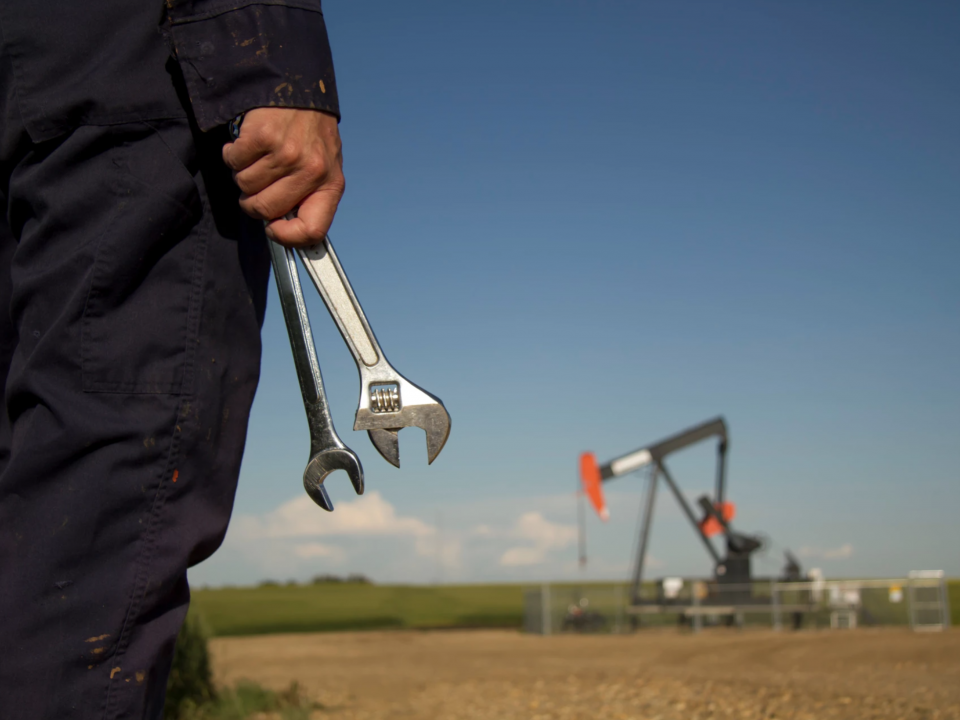BIG DATA USES IN OIL & GAS
Let’s take a look by first understanding what Big Data really means at a high level. Big data is best described by the four V’s as seen in the following diagram.
Structured data can be spreadsheets and core system data. Unstructured data can by almost anything: image files, videos, word documents, invoices and emails.
Oil and Gas traditionally has had large amounts of data however, with the dawn of big data technologies we have the opportunity to utilize this data in ways we weren’t able to before.
One of the ways E&P organizations will be able to see significant impactful value is from real time data visualizations. Producing wells for example collect a massive amount of data per second that is stored, processed and later reviewed for relevant information.
By analyzing this sensor data in real time users can identify any fluctuation in normal operating conditions and potentially catch problems before they escalate.
In one specific example, let’s assume a well is experiencing a gradual rise in downhole pressure; in the current system users wouldn’t find out until the data was processed and analyzed. By this time however, the pressure would likely have damaged the well and required additional expenditures to bring back online.
Prior to our current technological environment we didn’t have the means to create value out of this data in real time.
Now, a worker in the field office can monitor and act on that data while it is happening. They could be immediately alerted about the increase in pressure and get in touch with a pumper to go and shut down the well prior to damage. This improves the bottom line by preventing unnecessary spending on the downed well.
With this emerging technology and new ways to utilize data, the oil and gas industry has significant innovation to look forward to.
These same principles can be applied to every facet of the oil and gas industry. It’s a simple formula: Using big data leads to better predictions, and better predictions yield better decisions.





